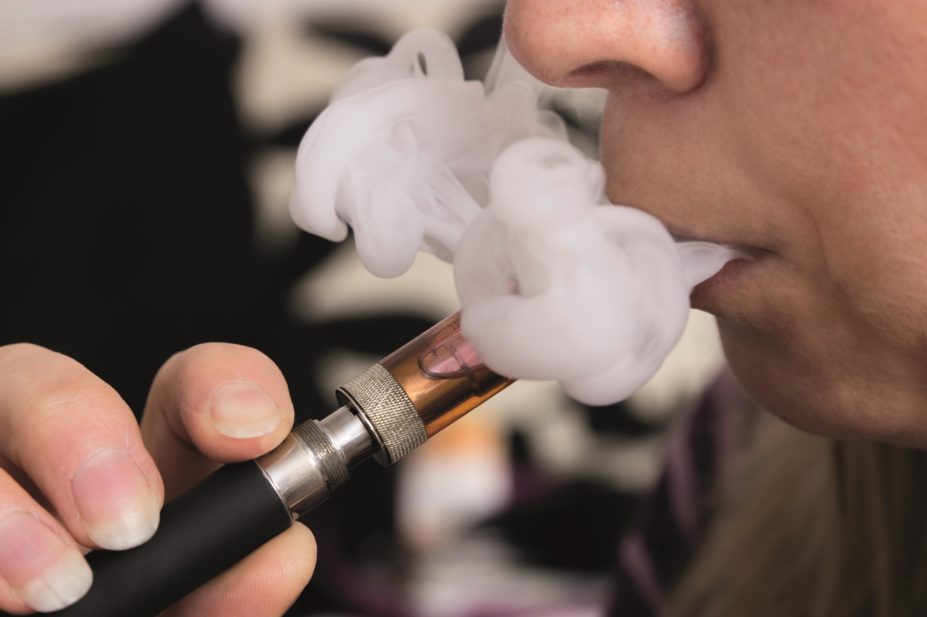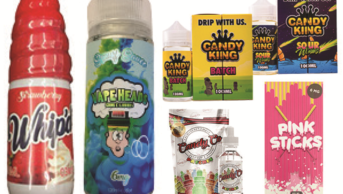
Shutterstock.com
The number of school children in the United States who smoke e-cigarettes fell from 3 million in 2015 to just under 2.2 million last year, according to a joint analysis[1]
of the National Youth Tobacco Surveys published between 2011 and 2016.
The decrease is cited as the main reason why the overall number of school children who admit that they have used any tobacco product in the past 30 days also dropped from 4.7 million in 2015 to 3.9 million last year.
Scott Gottlieb, the commissioner of the US Food and Drug Administration — the agency which regulates medicines safety and which, with the Centers for Disease Control and Prevention, carried out the analysis — welcomed the figures but was not complacent.
He said: “While these numbers are encouraging, it is critical that we work to ensure this downward trend continues over the long term across all tobacco products.”
Researchers found that 1.8 million middle-school students (traditionally aged 11–13 years) and high school students (traditionally aged 14–15 years) admitted smoking 2 or more cigarette products in the past 30 days. They were: e-cigarettes, tobacco cigarettes, cigars, smokeless tobacco, hookah, pipe tobacco or bidis (small imported cigarettes wrapped in leaf).
Some 20.2% of high school students and 7.2% of middle school students reported current use of any tobacco product.
E-cigarettes remain the most commonly used tobacco product among young people for the third year running, used by 11.3% of high-school and 4.3% of middle-school students.
The current use of any tobacco product did not change significantly during 2011–2016 — despite the overall decline in total numbers last year — because of the sharp increases in e-cigarettes and hookah during 2011–2014, the researchers said.
References
[1] Jamal A, Gentzke A, Hu SS et al. Tobacco use among middle and high school students — United States, 2011–2016. Morbid Mortal Wkly Rep 2017;66:597–603. doi: 10.15585/mmwr.mm6623a1


